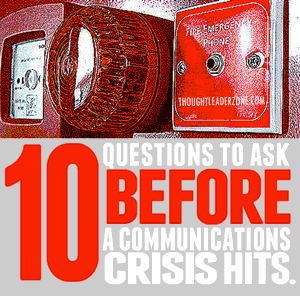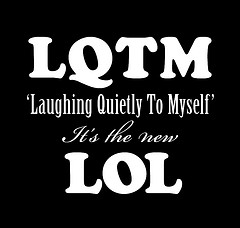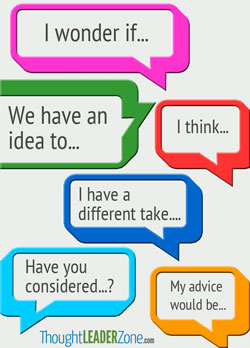
Is the challenge information overload…or the difficulty in evaluating it objectively?
Illustration by hikingartist.com
An article in the August edition of The Atlantic talked about a brainy computer scientist and astrophysicist, Larry Smarr, who was instrumental in the development of the internet. He’s now turning his research skills inward and is documenting minute details about his body and then monitoring and measuring any changes. No body part or organ or bodily function will be spared careful, objective analysis.
Mark Bowden, author of the article, ”The Measured Man,” commented that Smarr is ”in the vanguard of what some call the ‘quantified life,’ which envisions replacing the guesswork and supposition presently guiding individual health decisions with specific guidance tailored to the particular details of each person’s body.”
Smarr may be taking self awareness to an extreme. But how much information is too much information, when it comes to knowing yourself? Can you know too much about yourself as a leader?
The bigger risk, in my opinion, is to know too little. As a leader you need a clear picture of who you are and who others think you are, a picture based on actual data, not like Dorian Gray.
Once you’ve gathered sufficient data — whether qualitatively in performance feedback sessions, systematically with 360 degree reviews or more immediately with the Thought Leader Zone self-assessment tool — you need to evaluate the evidence objectively.
That analysis should be the basis for fully understanding any reputational opportunities you have so you can capitalize on them or any reputational risks you might have so that you can better manage or mitigate them.
Do you have all the information you need about yourself as a leader? Do you need specific guidance tailored to your specific details? Ask, assess, then act. We’re here to help.*
*Performance feedback sessions: We help executives and senior-level leaders assess and improve their communication strategy and technique. Sessions can be conducted face-to-face, via video conference or with consultative assessments of existing recorded or written communications. Contact us for more details.









